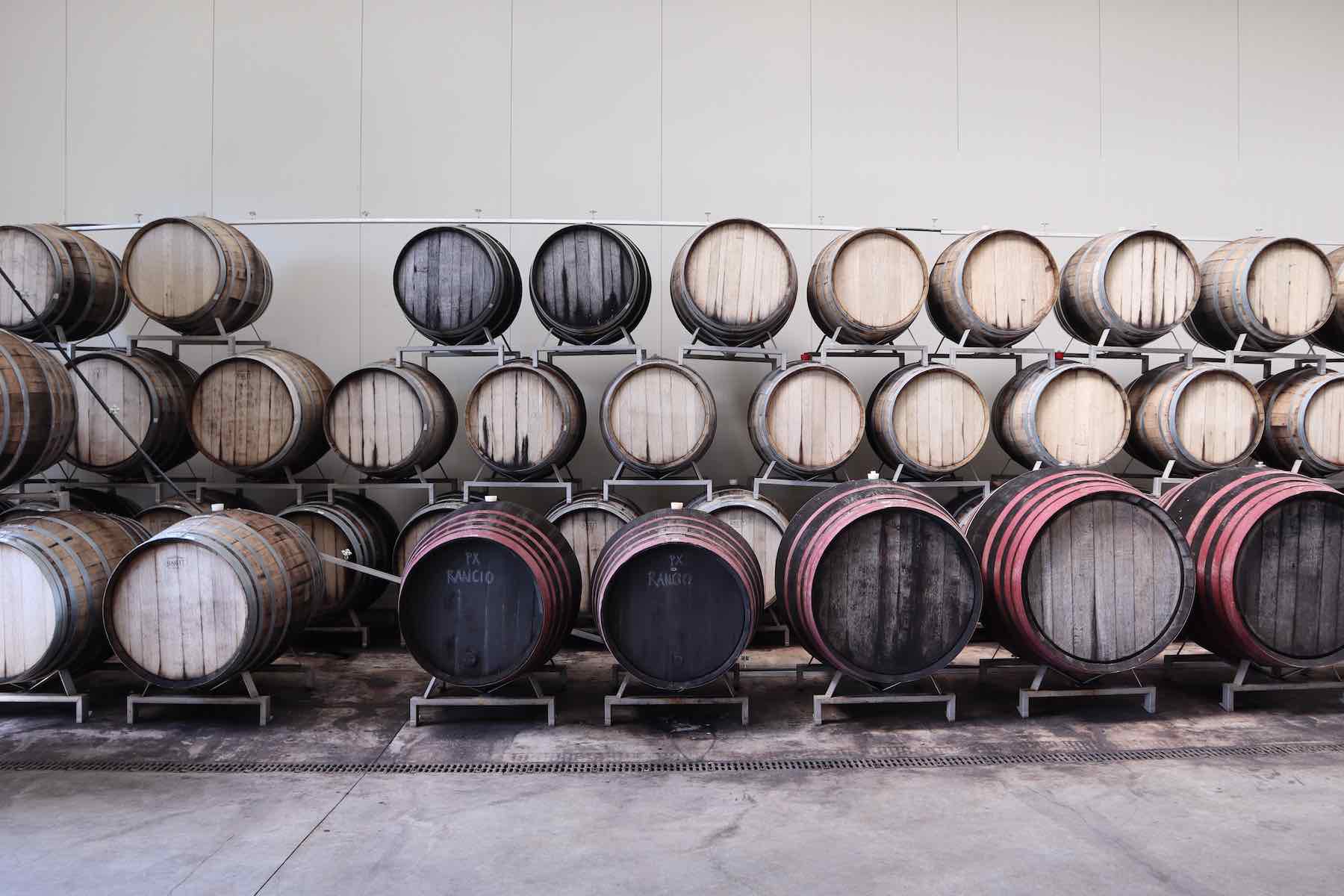
Whisky Casks: your questions answered
A big part of what we do here at Spiritfilled is help people understand whisky casks more. In this article, we thought we'd answer 10 questions we're frequently asked about whisky casks, when we’re helping people to buy, sell, or simply understand the world of whisky casks in more detail.
What types of wood are used for whisky casks?
Most whisky casks are made from oak. While a range of oak species can be used, the two most common are American white oak and European oak. The precise type of oak used will influence the flavour of the whisky. American oak tends to give sweet notes, while European oak adds spice and tannins.
How big are whisky casks?
The short answer is, it varies. There are lots of different types and sizes of whisky cask. And, the size of cask influences not just how much whisky it holds, but also how that whisky ages over time.
The most common cask sizes include the American Standard Barrel (ASB), which holds around 200 litres, hogsheads, which hold around 250 litres, and butts, which hold around 500 litres. Smaller casks are better for short to medium maturation times, while larger casks suit longer maturation times.
Read more about whisky cask sizes here.
What's the difference between first-fill and re-fill casks?
First-fill casks are casks filled with whisky for the first time. Let's look an example, say, a first-fill sherry cask. In this example, we have a wooden cask that has been used to age sherry. The sherry has been emptied, and the cask has then been filled with whisky. Crucially in this example, the "first" bit of "first-fill" means that this is the first time this cask has been used to age whisky.
Re-fill casks mean that the cask has previously been used to age whisky. Sometimes a whisky maker will specify that it is, say, a second fill. Again, let's take an example, this time a re-fill sherry cask. In this case, a sherry cask has been emptied, then filled with whisky, then the first batch of whisky has been emptied, and a second batch of whisky filled.
First-fill casks often hold a particular prestige, as they will impart a more intense flavour to the whisky. However, that's not to say that re-fill casks can't also be excellent. This is perhaps particularly true if you have a delicate spirit which you don't want to overpower. Or, where you're planning to age a whisky for a very long time - and therefore don't want to risk over-ageing it in an active cask.
Can you reuse whisky casks?
Yes, you can. And indeed, whisky casks are often reused. They can be reused for whisky (see previous answer about re-fill whisky casks). Or they can be reused for other beverages. For example, beer. become more prominent.
Read more about reusing whisky casks here.
How long is whisky aged in a cask?
The legal minimum for scotch whisky is three years. There's no maximum age, theoretically speaking. In reality, it becomes increasingly difficult to age a whisky beyond, say, 30 years. There are three reasons for this: first, the angels share will diminish the remaining volume; and, the ABV may drop below the legal minimum of 40%; and, you risk over-ageing a whisky (it becomes too "woody"). These reasons contribute to the high cost of very old whiskies.
Why do you char whisky casks?
Charring a whisky cask is where a cooper will lightly burn the inside of the cask. This is done to 'caramelise' the wood (imagine you're cooking a steak and you want to brown the outside). This process creates caramelised sugars and opens up the wood's pores for better interaction with the whisky.
What is 'finishing' a whisky?
Finishing a whisky means moving the whisky from its original cask to a second cask for a second maturation. Often, it's the act of moving whisky from one of the more common cask types, such as ex-bourbon, to a different style of cask - for example, sherry. This helps layer additional flavour onto the whisky - making it even more delicious.
Why is the previous contents of the cask important?
The wood of the cask absorbs flavours from the liquid it holds. Different liquids leave different flavours, which in turn can then influence the flavour of the whisky. Lots of different casks are used, wine, sherry, port, rum, and cognac, to name but a few.
Read more about different types of whisky cask here.
Learn more about whisky casks
If you'd like to find out more about whisky casks, we'd be pleased to help. We help clients buy and sell whisky casks every day and would be delighted to answer any questions you may have. You can arrange to speak with one of our whisky cask experts here.



